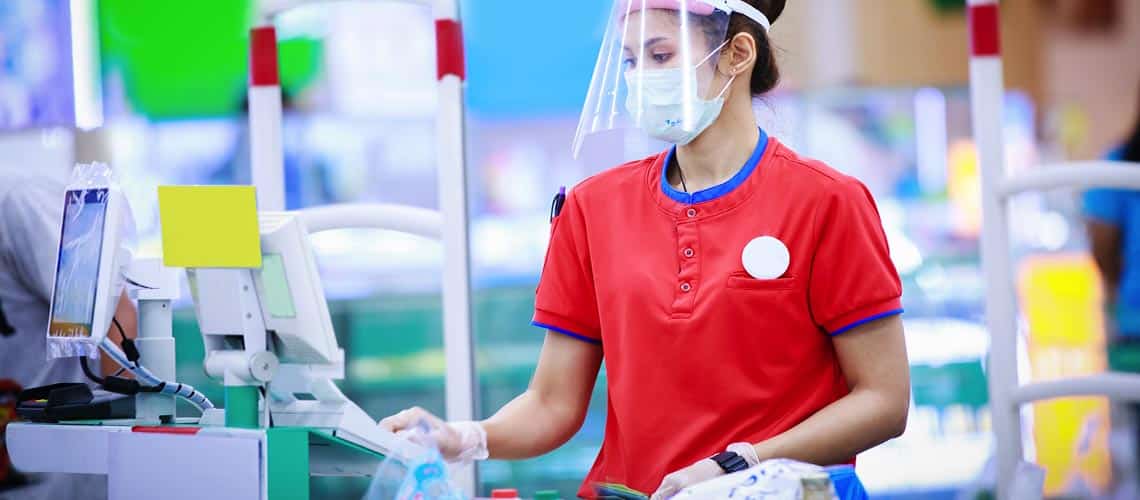Food Retail Stores and Government Agencies Establishing More Stringent Regulations

Food-retail business strategies have shifted over the past few weeks due to the COVID-19 pandemic. Some retail stores implemented online digital platforms to serve their communities in need and some food-retail establishments such as restaurants and brick and mortar shops implemented delivery and take out only to help keep the lights on.
However, in grocery stores, where people still go for essentials, shopping as we know it has changed. In-store navigation altered drastically to abide by state regulations and prioritize consumer safety concerns. As the pandemic evolves, so does grocery shopping regulations and restrictions.
The Case for Grocery Stores
Social distancing protocols and adjusted store hours are some of the regulations that have been implemented during the early stages; however, as some health workers are already slowly contracting the virus, regulations became more stringent. In the San Francisco Bay Area, health officials have increased safety protocols such as disallowing the use of reusable bags and prohibiting self-service and bulk foods in their grocery stores. Also, for essential businesses and grocery stores to stay open, they must follow a strict protocol checklist by the Santa Clara County Public Health. The protocol checklist includes measures to protect employees‘ health, to prevent crowds from gathering, keep customers at least 6-feet apart, and measures to increase sanitation.
Moreover, measures to eliminate contact points have also been well prioritized on the protocol checklist. Self-serving items that are food-related are prohibited, cup lids, and food-bar type items are now only provided/handed out by staff, reusable mugs, and other items from home are prohibited in the store and stores have implemented contactless payments.
Similarly, the New Jersey Department of Health also established social distancing guidelines for essential retail businesses. This includes encouraging businesses to install sanitizing stations for both customers and staff, eliminate foods that are put on display and sample foods.
The Case for Restaurants
As some states slowly reopen their economy over the last few weeks, some restaurants reopening their doors to their customers have implemented and followed their own safety protocols to help mitigate the spread of the virus. In Alaska, one restaurant follows a strict 25% restaurant capacity and sit-only-with-family rule. Individual condiments are packed, and bottles are sanitized between customers. Similarly, in Georgia, some restaurants follow 10 customers per 500 square foot rule and some businesses are taking customer temperatures.
According to research, 71% of American consumers feel that dining at restaurants reminds them of better times and will help them feel a sense of normalcy again. Though no amount of safety precautions is enough to comfort consumers at these times, consumers want to see staff visibly wiping tables and kiosks, more food covers, sneeze guards, providing disinfectant, and they want to see restaurant employees visibly wearing food safety gear to assure patrons it is safe dining in a restaurant again.
Social distancing, specialized store hours, take-out/delivery only orders, these are just some of the changes in the food-retail industry brought about by the current environment. These maybe now the new normal as the World Health Organization (WHO) said that the Coronavirus may never go away; however, our communities are adaptive and our industry is positive as ever to come out of this pandemic stronger and more united.